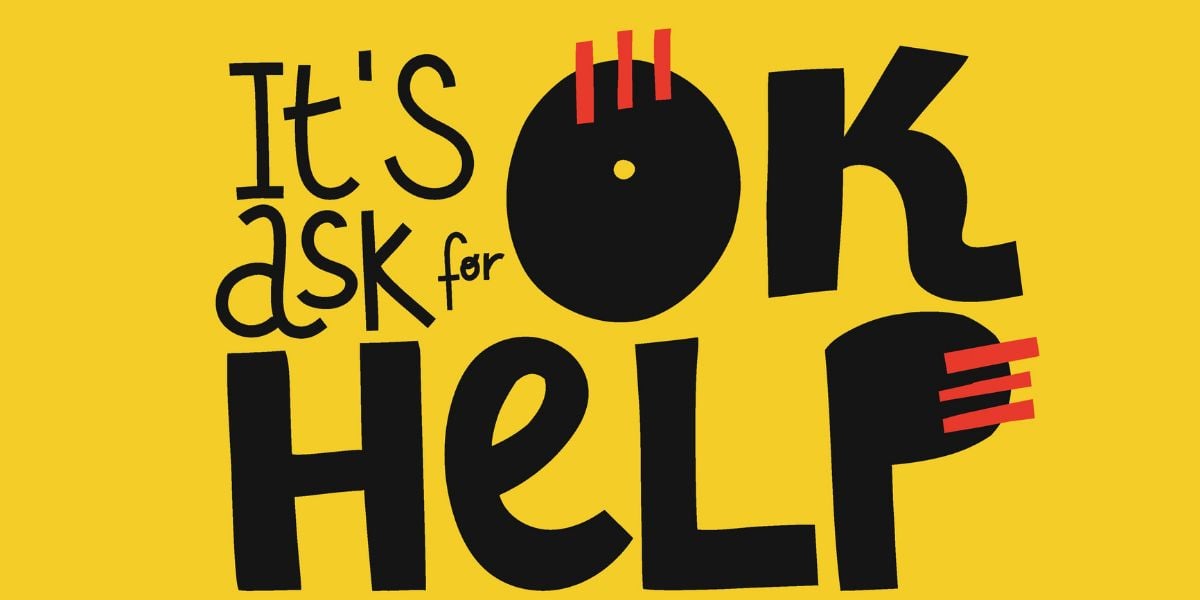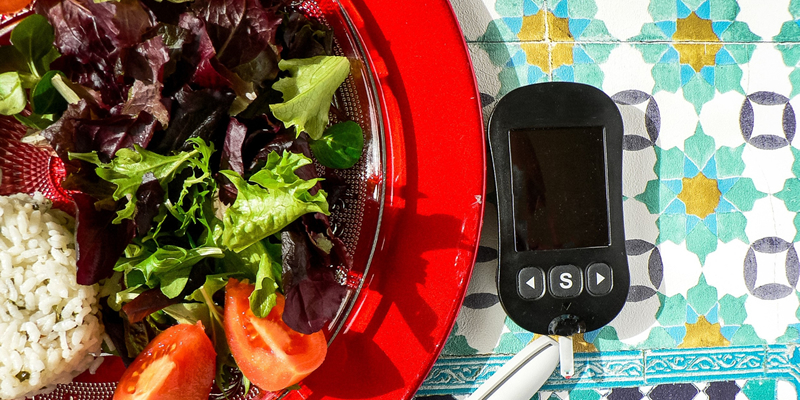Lifestyle changes are often advised for people at higher risk of diabetes and those who are newly diagnosed with type 2, to help manage their diabetes.
The recommended lifestyle interventions include:
- Taking two and a half hours each week of moderate intensity physical activity or one hour and 15 minutes of high intensity exercise.
- Losing weight gradually to achieve a healthy body mass index
- Replacing refined carbohydrates with wholegrain foods and increase intake of vegetables and other foods high in dietary fibre
- Reducing the amount of saturated fat in the diet
Physical activity
NICE recommend taking either 2 ½ hours of moderate intensity physical activity or 1 ¼ hours of intense exercise.
Moderate intensity physical activity includes:
- Brisk walking
- Cycling on relatively flat terrain
- Water aerobics
- Hiking
- Rollerblading
- Using a manual lawnmower
Vigorous physical activity may include:
- Jogging
- Swimming lengths
- Cycling either rapidly or over steep terrain
- Football
- Gymnastics
- Skipping
Some people may be able to be referred for structured or supervised exercise sessions
Weight loss
Guideline issued by NICE recommend those that are overweight aim to lose weight gradually until a healthy BMI is achieved.
A healthy BMI range is:
- Between 18.5 and 24.9
- Or between 18.5 and 22.9 for people of South Asian descent
For those with a BMI above the healthy range, NICE recommends aiming to achieve weight loss gradually, with a target to reduce weight by 5 to 10% over a period of a year.
Weight loss can help to reduce the risk of developing diabetes and can enable people with existing pre-diabetes or type 2 diabetes to better control blood glucose levels.
If you have a BMI of over 30, your GP may refer you to take part in a structured weight loss programme. People unable to achieve weight loss via lifestyle changes may be prescribed a weight loss pill called orlistat.
- Read more on diabetes and weight loss
Dietary changes
The general dietary advice from NICE to reduce risk of type 2 diabetes is to decrease intakes of fat and increase intake of dietary fibre.
People who are currently overweight are advised to eat smaller portions to consume fewer calories.
NICE recommend achieving a higher amount of fibre in the diet by including wholegrain foods in the diet and consuming more:
- Vegetables
- Fruits
- Beans and
- Lentils
Fat intake
The advice on fat is to reduce overall fat intake, and particularly to reduce intake of saturated fat as found in chips, crisps, pastries, biscuits and samosas.
Lean meats
Choosing lean meats, such as skinless chicken and turkey helps to cut down on saturated fat. It is recommended to eat less processed meats.
Grilling and steaming food will cut down on fat intake in comparison with cooking methods involving frying or roasting.
Portion sizes
Reducing portion sizes will also help to lower calorie intake. The Diet Plate is an excellent solution if you are looking to control your calorie intake.
Stress
Stress has been recognised a risk factor for type 2 diabetes. When an individual is stressed their body responds with the threat response. The human body undergoes a number of changes; stress hormones are released that increase blood pressure, a surge in blood glucose levels and activates the immune system.
Non-crucial bodily functions such as digestion, growth and repair are slowed to ensure energy is used to fight or flee the threat that is instigating the threat response.
Constant stress can make blood glucose control very difficult, particularly if an individual is unaware of when they are getting stressed.
Stress management techniques such as mindfulness is a simple non-toxic way to control stress related blood sugar changes.
Additionally, by reducing stress levels, chances of developing diabetes related complications such as heart disease, stroke, hypertension and mental health conditions including depression and anxiety
- Read more on Diabetes and Stress







